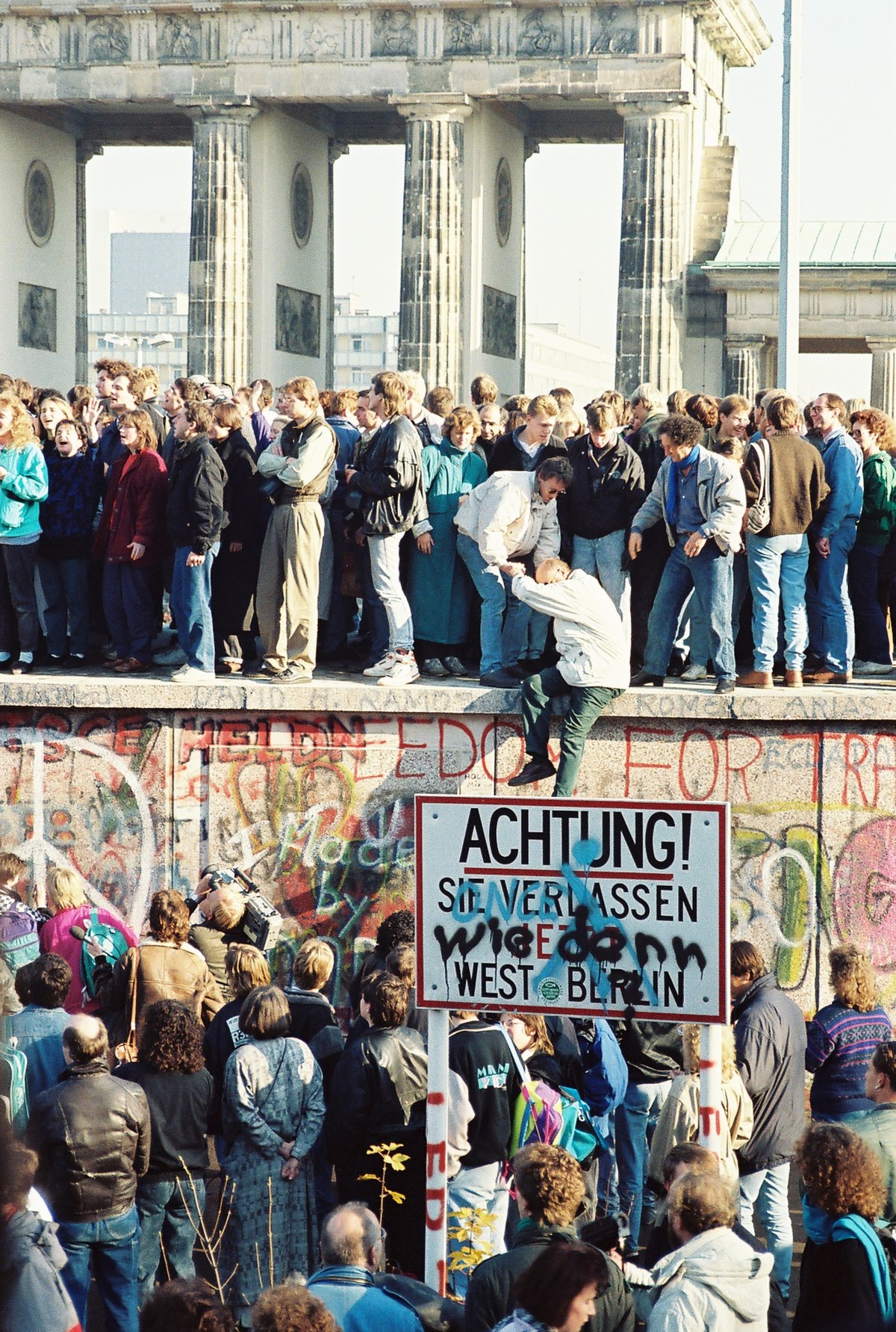
German reunification
GermanyThe East German (GDR) government started to falter on 2 May 1989, when the removal of Hungary's border fence with Austria opened a hole in the Iron Curtain. The border was still closely guarded, but the Pan-European Picnic and the indecisive reaction of the rulers of the Eastern Bloc set in motion an irreversible peaceful movement. It allowed an exodus of thousands of East Germans fleeing from their country to West Germany via Hungary. The Peaceful Revolution, a series of protests by the East Germans, led to the GDR's first free elections on 18 March 1990 and to the negotiations between the two countries West Germany and East Germany that culminated in a Unification Treaty.
On October 3, 1990, the German Democratic Republic was dissolved, five states were recreated (Brandenburg, Mecklenburg-Vorpommern, Saxony, Saxony-Anhalt and Thuringia) and the new states became part of the Federal Republic of Germany, an event known as the German Reunification. In Germany the end of the unification process between the two countries is officially referred to as German unity (Deutsche Einheit). East and West Berlin were united into a single city and eventually became the capital of reunited Germany.
Ask Herodotus
HistoryMaps Shop

Heroes of the American Revolution Painting
Explore the rich history of the American Revolution through this captivating painting of the Continental Army. Perfect for history enthusiasts and art collectors, this piece brings to life the bravery and struggles of early American soldiers.








